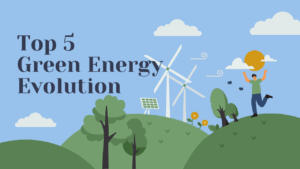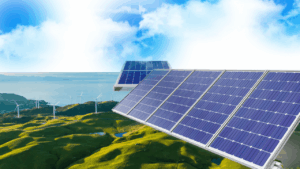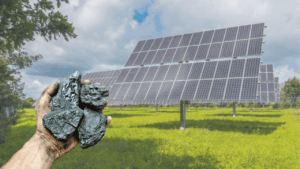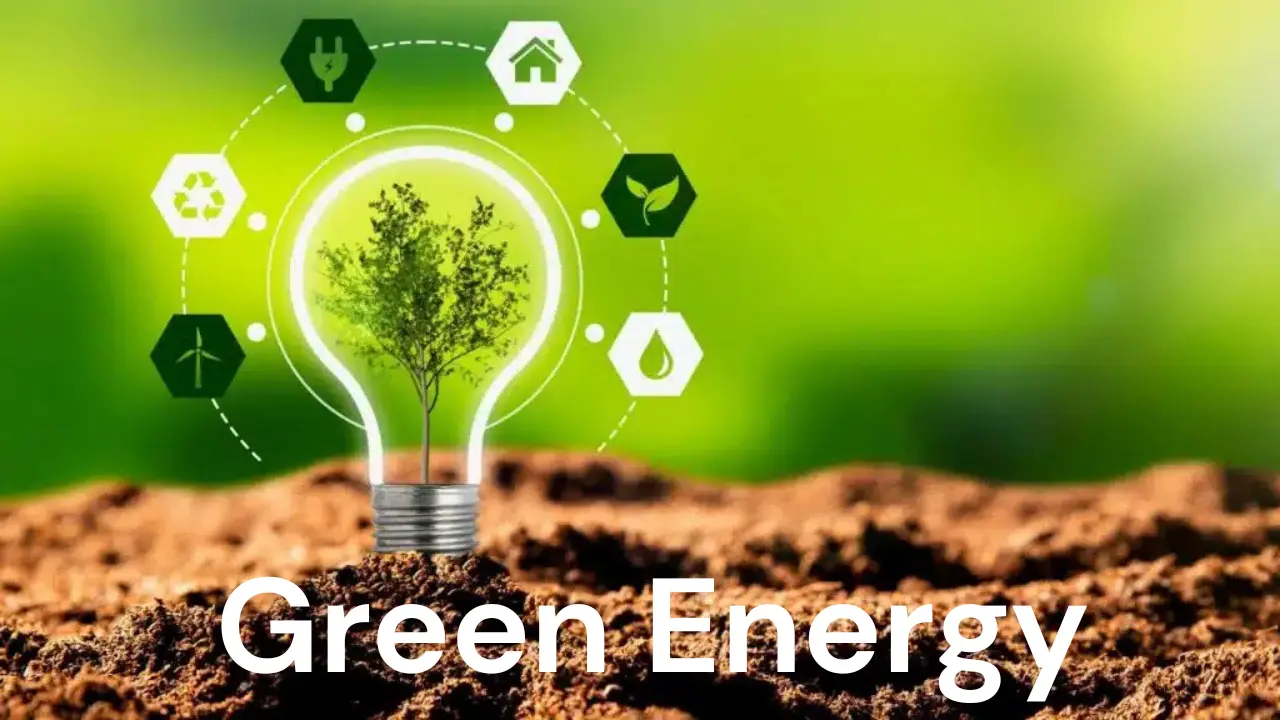In recent years, green energy has become one of the most discussed topics in the global energy sector. With climate change concerns, rising carbon emissions, and the need for sustainable development, governments, businesses, and individuals are increasingly adopting eco-friendly energy solutions. However, like any innovation, green energy comes with its own set of advantages and disadvantages. To make informed decisions, it is essential to understand both sides of the story.

In this article, we provide a balanced perspective on the pros and cons of green energy, helping you explore its impact on the environment, economy, and future energy systems.
What is Green Energy?
Green energy refers to power generated from natural, renewable, and environmentally friendly sources, such as:

- Solar energy
- Wind energy
- Hydropower
- Biomass energy
- Geothermal energy
Unlike fossil fuels (coal, oil, natural gas), which release harmful greenhouse gases, green energy is considered clean, renewable, and sustainable. It is designed to minimize environmental damage and promote long-term energy independence.

Pros of Green Energy
1. Environmentally Friendly
One of the biggest benefits of green energy is its low environmental impact. Renewable sources like solar, wind, and hydro generate electricity without releasing harmful pollutants such as carbon dioxide (CO2), sulfur dioxide (SO2), or nitrogen oxides (NOx). By reducing reliance on fossil fuels, green energy plays a crucial role in slowing climate change and improving air quality.
2. Renewable and Sustainable
Unlike finite fossil fuels, renewable energy sources do not run out. The sun will shine, the wind will blow, and rivers will flow, making these energy resources sustainable for generations to come. This ensures a long-term solution to the world’s growing energy needs.

3. Reduces Carbon Footprint
Switching to green energy helps individuals, businesses, and nations reduce their carbon footprint. By cutting greenhouse gas emissions, renewable energy supports global climate goals and contributes to a healthier planet.
4. Energy Independence
Countries that rely heavily on imported fossil fuels are often vulnerable to price fluctuations and geopolitical tensions. Green energy offers an opportunity to generate local energy, reducing dependence on foreign oil and natural gas. This enhances energy security and stabilizes national economies.

5. Job Creation and Economic Growth
The renewable energy industry has become a major source of employment. From solar panel installation to wind turbine maintenance, green energy supports millions of jobs worldwide. According to global reports, the sector continues to expand, contributing to economic growth and sustainable development.
6. Technological Innovation
The rapid growth of renewable energy has encouraged technological advancements in battery storage, smart grids, and efficiency improvements. These innovations make green energy more accessible and affordable, accelerating its adoption worldwide.
Cons of Green Energy
1. High Initial Costs
Although the long-term benefits are substantial, the upfront cost of installing renewable energy systems (like solar panels or wind turbines) can be expensive. While prices are falling, this remains a barrier for small businesses, households, and developing countries.
2. Intermittency and Reliability Issues
Unlike fossil fuels, which provide consistent energy, renewable sources like solar and wind are weather-dependent. Solar energy cannot be produced at night, and wind energy depends on wind speed. This intermittency can create challenges for grid stability unless supported by energy storage systems.
3. Land and Resource Use
Large-scale renewable energy projects often require significant land and resources. For example, wind farms may affect landscapes, while hydropower dams can disrupt aquatic ecosystems. If not managed properly, green energy can lead to habitat loss and biodiversity concerns.
4. Energy Storage Limitations
To overcome intermittency, renewable energy needs efficient battery storage systems. However, current storage technologies remain expensive and resource-intensive, requiring materials like lithium, which also have environmental and ethical concerns.
5. Infrastructure Challenges
Transitioning to green energy requires upgrading existing power grids and developing new infrastructure. This can be time-consuming and costly, especially for countries heavily invested in fossil fuel-based energy systems.
6. Visual and Noise Concerns
Some communities oppose renewable energy projects due to their visual impact (wind turbines on landscapes, large solar farms) or noise concerns (wind turbine operations). While not harmful, these factors can influence public acceptance.
Striking a Balance: Green Energy in the Real World
The pros and cons of green energy highlight the need for a balanced approach. While renewable energy offers sustainability, climate protection, and economic benefits, it also comes with challenges in cost, reliability, and infrastructure. Governments and industries worldwide are investing in solutions to overcome these drawbacks. For example:
- Hybrid systems combining solar, wind, and traditional power sources to ensure reliability.
- Advances in energy storage like lithium-ion and hydrogen fuel cells to reduce intermittency issues.
- Smart grids to optimize energy distribution and improve efficiency.
- Government incentives and subsidies to make renewable energy more affordable for households and businesses.
With the right policies and investments, the advantages of green energy can far outweigh the disadvantages, making it a cornerstone of the world’s energy future.
Future of Green Energy
As global demand for energy grows, the shift toward green energy is inevitable and necessary. The future is expected to see:
- Greater affordability of renewable technologies.
- More efficient energy storage solutions.
- Widespread adoption of electric vehicles powered by renewable energy.
- Integration of AI and IoT in energy management systems.
- Stronger international cooperation for climate goals.
The journey may be challenging, but the future of green energy is bright, with the potential to reshape how the world powers homes, industries, and transportation.
Conclusion
The debate on pros and cons of green energy highlights that no energy source is perfect. While renewable energy offers clean, sustainable, and future-ready solutions, it also requires overcoming cost, storage, and infrastructure challenges. For individuals, businesses, and governments, the key lies in embracing green energy while addressing its limitations through innovation, investment, and awareness. By doing so, we can achieve a balanced, eco-friendly, and secure energy future for generations to come.

